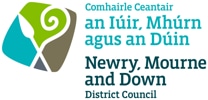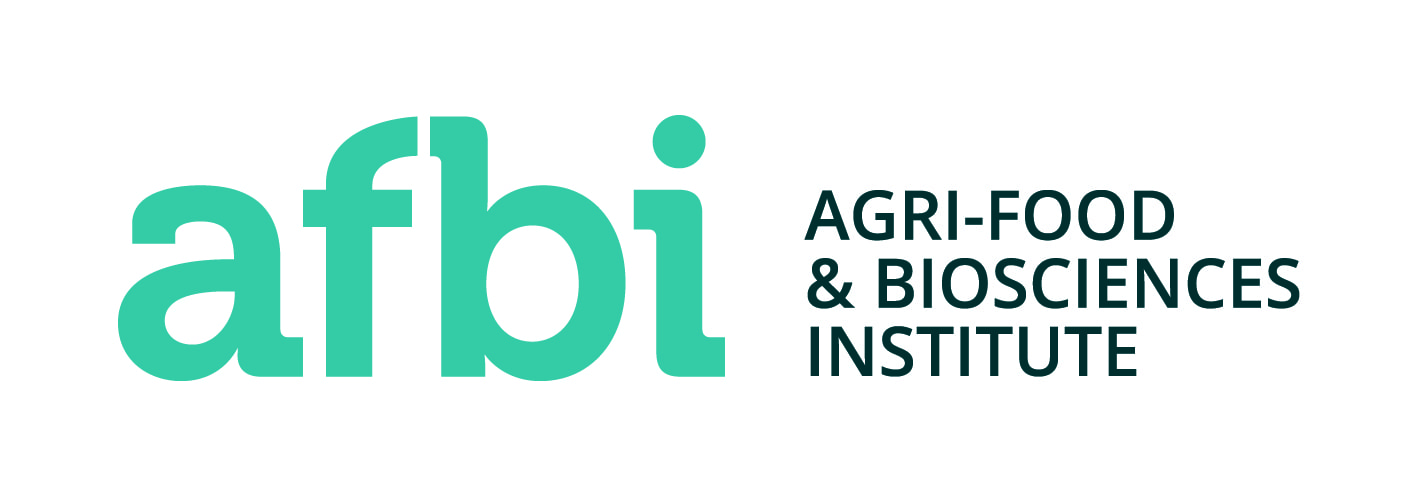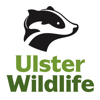Film…Camera…Action
16th Oct, 2020
Since lockdown eased slightly, the work to create a video of the CANN project has been progressing. Before lockdown, we filmed some fabulous footage of the skilful digger drivers blocking old drains at Cranny Bogs. The diggers rest on huge wooden bog mats which weigh over a tonne each, these are moved by the machine operator as he progresses across the bog allowing the machines to continue work even when the bog is like a sea of jelly. To see these huge machines delicately moving peat from sacrificial pits to block the drains is quite amazing. ASG, our video contractors, are getting used to the soggy feet of working on wetlands and now bring wellies as standard. They were thrilled to film a demonstration of our Robocut machine which, working by remote control can get into areas which are unsafe for a ride-on cutter (and cameramen!). The machine has been a huge hit with farmers wanting to find out how to manage their land better for biodiversity.
During the main part of lockdown, filming was postponed but as soon as it eased the cameras were back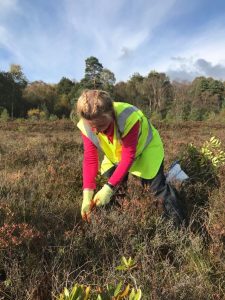 on the job using skilful drone work and pared-back crew to ensure social distancing and safe working practices. Their first date was in Peatlands park where volunteers from the Lough Neagh Landscape Partnership were pulling scots pine seedlings out of the bog and cutting down young rhododendrons.
on the job using skilful drone work and pared-back crew to ensure social distancing and safe working practices. Their first date was in Peatlands park where volunteers from the Lough Neagh Landscape Partnership were pulling scots pine seedlings out of the bog and cutting down young rhododendrons.
The team also got close up and personal with a licenced filming of young hen harriers at the nest on Sliabh Beagh and had a meeting with lovely traditional breed cattle on the mountain, these Dexter cattle 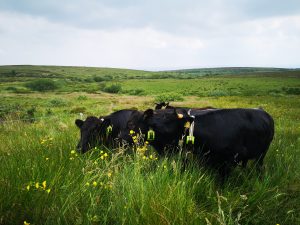 act like mobile conservation rangers, they are light enough to not get bogged down and will eat the roughest of vegetation, they are also incredibly photogenic with their big dark eyes.
act like mobile conservation rangers, they are light enough to not get bogged down and will eat the roughest of vegetation, they are also incredibly photogenic with their big dark eyes.
A trip out onto Lough Arrow was carefully carried out to avoid close contact with our scientists. Clever camera angles to mimic the camera being on the boat complete with drone footage demonstrated water sampling and the laying of jute carpets to control alien invasives and encourage native charophytes.
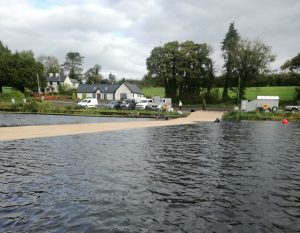
Laden with gear, the team climbed to the top of Cuilcagh Mountain and were able to film the delicate work of restoring the unique boreal and subalpine heathland on the peak. This habitat has sadly been a victim of its own popularity being eroded away by the thousands of visitors climbing the boardwalk. Still, our fabulous contractors were able to show the film crew how they put together the giant rock, plant and soil jigsaw, searching for exactly the right shape of stone to fit.
On Lecale fens just outside Downpatrick, the team got the macro lenses out to film the tiny Desmoulin’s whorl snail and the webs of the beautiful marsh fritillary butterfly. Filming is in the home stretch now, and a trip to 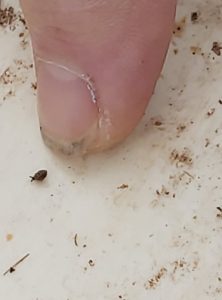 Scotland in October will tell the tale of making Colonsay Island a rhododendron-free island and find out about surveying birds on the loughs and mountains of this beautiful area. The final filming will be with the Ulster University team surveying white-clawed crayfish on the Kilroosky lake cluster near Clones.
Scotland in October will tell the tale of making Colonsay Island a rhododendron-free island and find out about surveying birds on the loughs and mountains of this beautiful area. The final filming will be with the Ulster University team surveying white-clawed crayfish on the Kilroosky lake cluster near Clones.
We are looking forward to seeing this lovely video when it is finished it has been a long time in the making, but we are sure it will be worth it.
- Cookies
- |
- Privacy Policy
- |
- Copyright 2022 ©
Website designed by Visionworks Interactive

